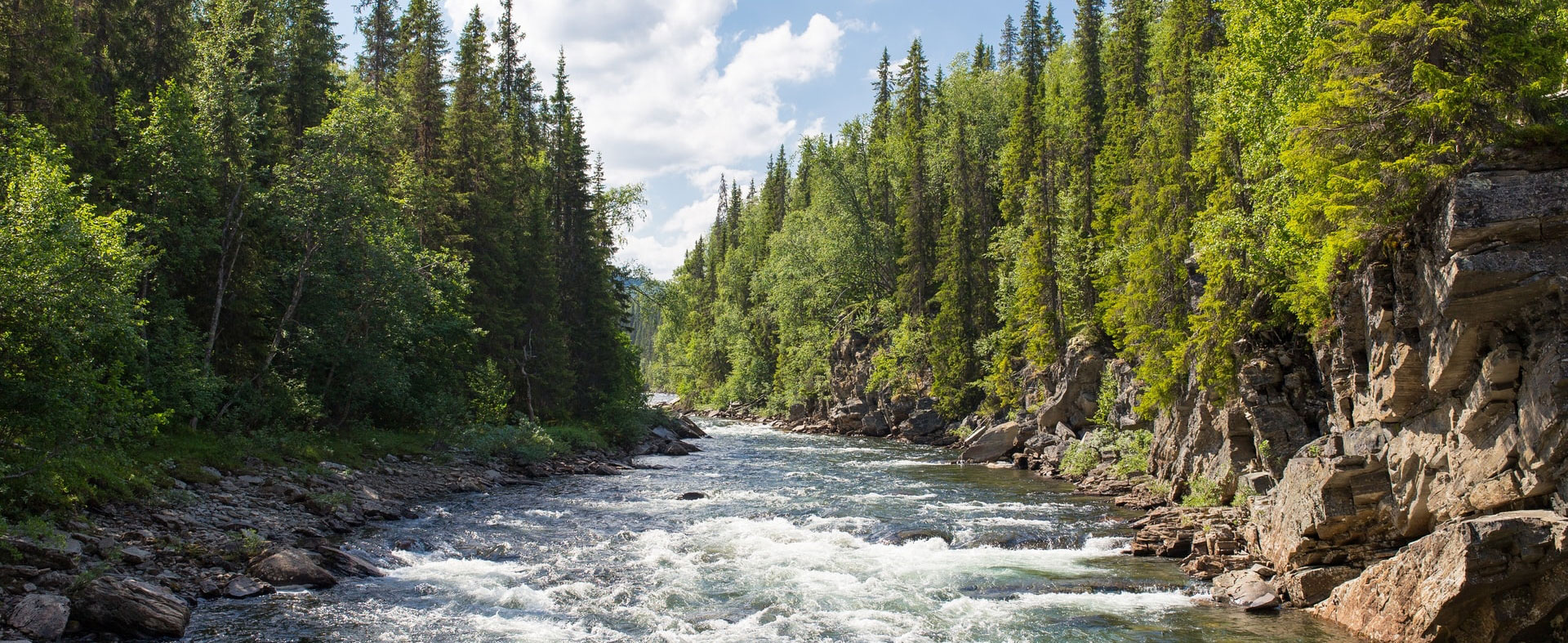
Water Data Portals
The Global Water Information Interest Group (GWIIG) of the Research Data Alliance focused on the organization, representation, publication, sharing, discovery, re-use, and integration of hydrologic information of different types. This effort resulted in the creation of a list of web portals and/or websites with data or links to data on water resources. The portals generally provide data that are at a minimum national in scope, and many of the portals offer global data.
The GWIIG requested that CUAHSI host this list to ensure permanence and wider distribution to the community. CUAHSI is continuously adding to the list based on community input. To suggest a web portal, please email email hidden; JavaScript is required.
Users can scroll through the list of portals below, or use the browse and search tools above.
The list is by no means comprehensive. Feedback or information regarding additional portals can be sent to email hidden; JavaScript is required.
Global Flood Detection System
site owner: Global Disaster Alert and Coordination System (GDACS)
Geographical Scope: global
An experimental system to detect and map in near-real time major river floods based on daily passive microwave satellite observations.
Global Groundwater Information System
site owner: International Groundwater Resources Assessment Centre (IGRAC)
Geographical Scope: global
GGIS is an interactive, web-based portal to groundwater-related information and knowledge.
Global Mercury Observation System
site owner: National Research Council of Italy (CNR), Institute of Atmospheric Pollution Research
Geographical Scope: global
The GMOS Spatial Data Infrastructure (SDI) was developed in order to assure a timely and up-to-date sharing of information on mercury in the environment, including humans. (Note that most data are not water-related.)
Global Rivers Observatory
site owner:
Geographical Scope: global
The Global Rivers Observatory (led by the Woods Hole Research Center and the Woods Hole Oceanographic Institution) investigates river chemistry in Earth’s most significant river systems. It is active in 18 watersheds around the world and measures the chemical composition of rivers near their entry points to the ocean.
Global Runoff Data Centre
site owner: Bundesamt für Gewässerkunde
Geographical Scope: global
The Global Runoff Database at GRDC is a unique collection of river discharge data collected at daily or monthly intervals from more than 9,300 stations in 160 countries.
Groundwater Assessment Platform
site owner: Eawag
Geographical Scope: global
Mapping and information platform for geogenic groundwater contamination
HydroLAKES
site owner: World Wildlife Fund (WWF)
Geographical Scope: global
A database provided by WWF that seeks to provide shoreline polygons for all global lakes with a surface area of at least 10 ha with some ancillary data.
Hydrological data and maps based on SHuttle Elevation Derivatives at multiple Scales
site owner: World Wildlife Fund (WWF)
Geographical Scope: global
HydroSHEDS is a mapping product that provides hydrographic information for regional and global-scale applications in a consistent format. It offers a suite of geo-referenced data sets (vector & raster) at various scales, including river networks, watershed boundaries, drainage directions, and flow accumulations. HydroSHEDS is based on high-resolution elevation data obtained during a Space Shuttle flight for NASA's Shuttle Radar Topography Mission.
HYdrological Predictions for the Environment
site owner: Swedish Meteorological and Hydrological Institute (SMHI)
Geographical Scope: selected regions (global)
Modeled Open Data for inspection and free download from multi-basin and large-scale applications of the HYPE model world-wide provided by the Swedish Meteorological and Hydrological Institute.
Intelligent Dam Decisions and Assessment
site owner: University of Washington
Geographical Scope: Oregon and Washington
A dam-reservoir assessment tool for optimizing reservoir operations to maximize hydropower generation and minimize flood risk.